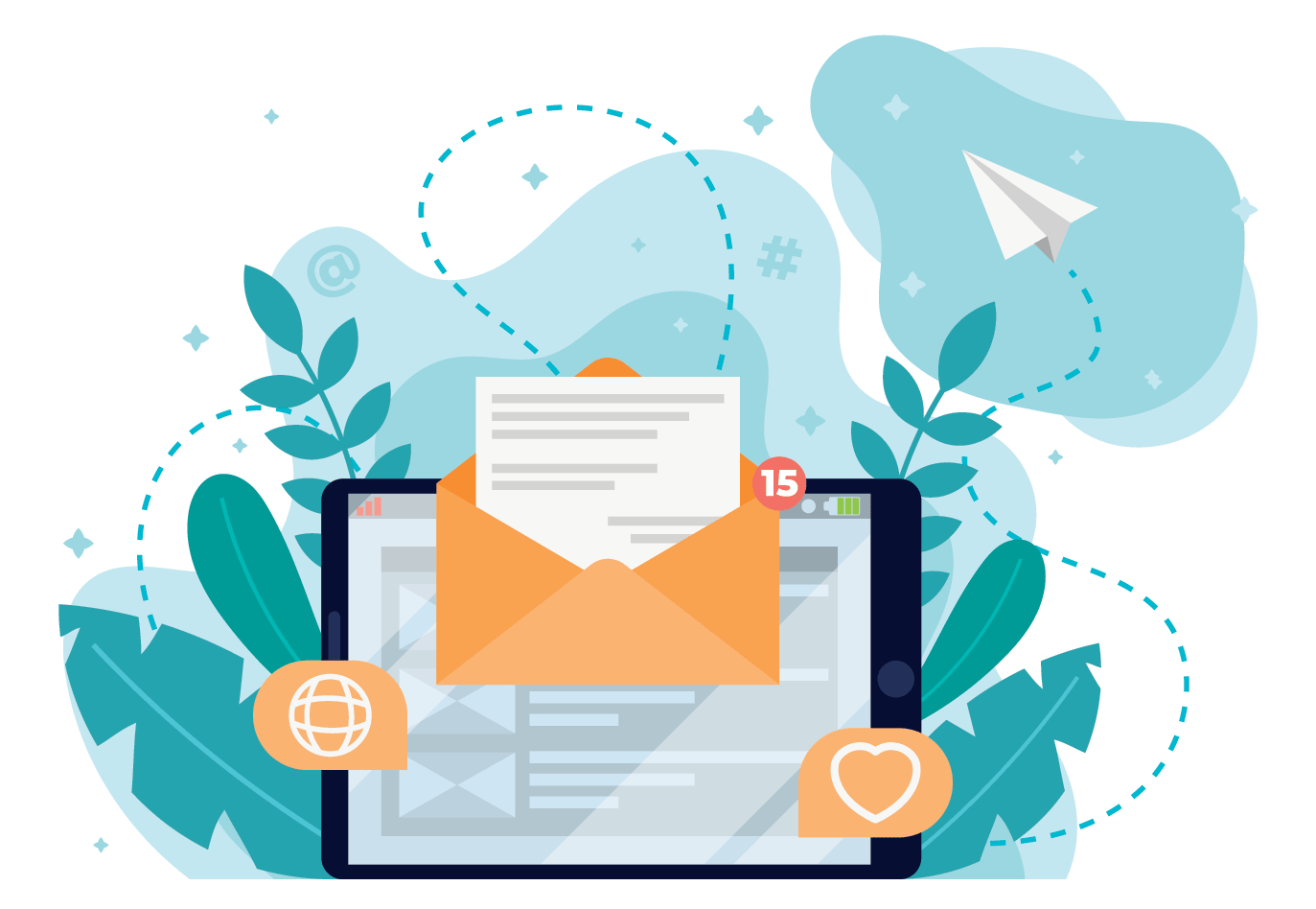
Inactive Contacts and The “Last Chance” Email
Bring your inactive stakeholders back into the fold. Every effort has them. It doesn’t matter if you’re a multinational NGO

Whether it’s a new advocate taking action, or a newly-minted contributor, first impressions are key.
In fact, it may seem like you’ve done the hard work of getting them to participate. And, for the most part, you have; studies show that much like making a first purchase from a new store or online shop, getting new users to interact with your effort is no small task.
Whether contacting a legislator, identifying a key contact, or contributing to the cause, you’ve put together the right content and call-to-action to interest a new member enough to participate.
Don’t stop now.
Now is the time to follow up that action with an onboarding email sequence that engages them even further – from following you on social media, to identifying their interests, sharing your effort with their friends, and more – building a relationship with your stakeholders starts with your first follow-up and overall automated onboarding set of messages.
If you’ve ever signed up for a service online, you’ve more than likely received an “onboarding” set of email messages.
An onboarding email sequence is a set of automated messages sent by the organization with the goal of helping to guide you through using a new product, engaging with the brand, and potentially buying more.
If we look at onboarding with an eye towards advocacy, a good onboarding sequence might be:
Each message is geared to drive the advocate down a path to building trust, setting expectations, and – hopefully – taking additional actions over time.
Keeping the above example in mind, we’ve put together 7 tips for creating a great onboarding email sequence:
Hall-of-fame basketball coach John Wooden liked to tell his players to “play at a high speed, but not to go too fast so as to be sloppy”.
With onboarding, an immediate response is key. Be quick and immediately acknowledge the end user’s participation, whether advocacy- or fundraising-oriented.
At the same time, don’t hurry the conversation. Now is not the time to overshare and send along a ten-page PDF on your overall advocacy goals, or a long-winded introduction to the issue.
The goal with an onboarding sequence should be to welcome, build trust, and provide next steps to the stakeholder. Ease the stakeholder into the program to help establish a long-term, mutually-beneficial relationship.
You have their attention; now is a great time to provide one, easily-accomplished call-to-action at a time that your new stakeholders can complete to “level up.”
For the initial email, this call-to-action might be as simple as a “Follow Us on Social Media to Stay In-The-Know” with links to your Facebook, Twitter, Instagram and other profiles.
For follow-up emails, you might raise the bar for participation – asking your new members to Share their Story, Forward this Email to Friends and Family, or Complete their Profile so you can best serve them in the future.
Each call-to-action should be clear, easy to accomplish, and have the same “we can’t do this without you” underlying message.
You’ve captured your new stakeholder’s attention with your effort and gotten them to take action. This initial messaging is a great time to set a consistent brand voice.
Humans, in general, appreciate consistency. In the world of email, that means for the most part that we interact with emails where we feel a genuine connection and know what to expect.
Now is a great opportunity to ingrain your message and messaging style with your new audience member. What is the tone of the message you’ll be sending? What is the type of content that they’ll be receiving?
Successful onboarding email sequences establish this unified brand voice and set expectations for what the end user can expect from future messaging.
Now that you’ve gotten your stakeholders in the door and established a consistent brand voice, now is the time for you to demonstrate value. That can, and should, happen in two ways.
First, is the concept of “what’s in it for me?” You want to highlight what value/benefit your organization provides to your stakeholders. Showing them what they’re gaining from being involved with your effort will help keep them engaged.
On the flip side, the most successful efforts make their members the “hero” of the story and highlight how their involvement drives the effort forward. Showing what your stakeholders participation and engagement means for the bigger picture is key. Does sharing a personal story with legislators help move the needle on policy priorities? Does a donation to your organization help build a new community park?
Focusing on both what the end user stands to gain, as well as what their participation means, will resonate with many and help you capitalize on the momentum you’ve gained.
While you don’t want to overwhelm your new stakeholder, including additional resources that they can dive into on their own time provides yet another way that they can become ingrained with your effort.
These messages are a chance to continue to build your brand with the new stakeholder.
You have your new members’ attention, use it for good. Lead them down a path towards learning more about your effort and how their contribution helps, but don’t scare them away with too much information too soon.
Humans are, by nature, social animals. We look to others to help establish social proof, or the idea that if others are participating, we should as well.
An onboarding email cadence of messages is a great time to include social proof, confirming the new user’s participation and showing that they’re in “good company” with others who’ve also taken part.
While a top-down CEO-level message may be your only resource, winning onboarding emails include quotes from a new user’s perceived peer.
Your new stakeholders are looking for a connection with the organization. Whether that’s the CEO, Executive Director, Membership Coordinator or Government Affairs professional, using a real person to connect with your new users is key to fostering that future relationship.
Build trust with your audience from your first messages with a simple signature and contact information. Make the human connection early and often and your new stakeholders will repay you with repeat action and contributions in the future.
Note: Even using a generic govrelations@organization.com is enough to provide that human touch. While not as good as a personal contact, knowing that someone will be there to “answer my questions” can help build that trust that’s needed for the future.
SparkInfluence’s automated messaging functionality makes it easy to dive in today and create effective onboarding emails. Reuse your established email templates or bring in one of our dozens of layouts and prewritten messages.

Bring your inactive stakeholders back into the fold. Every effort has them. It doesn’t matter if you’re a multinational NGO

Email is Dead, Long Live Email You’ve more than likely heard the refrain “Email is Dead.” Much to the chagrin

In-Person Events are Back, Are You Ready? From fundraisers to networking events, conferences to lobby days, and fly-ins: in-person events
SparkInfluence helps the most successful government affairs and public relations teams better educate, engage and empower their networks to act.